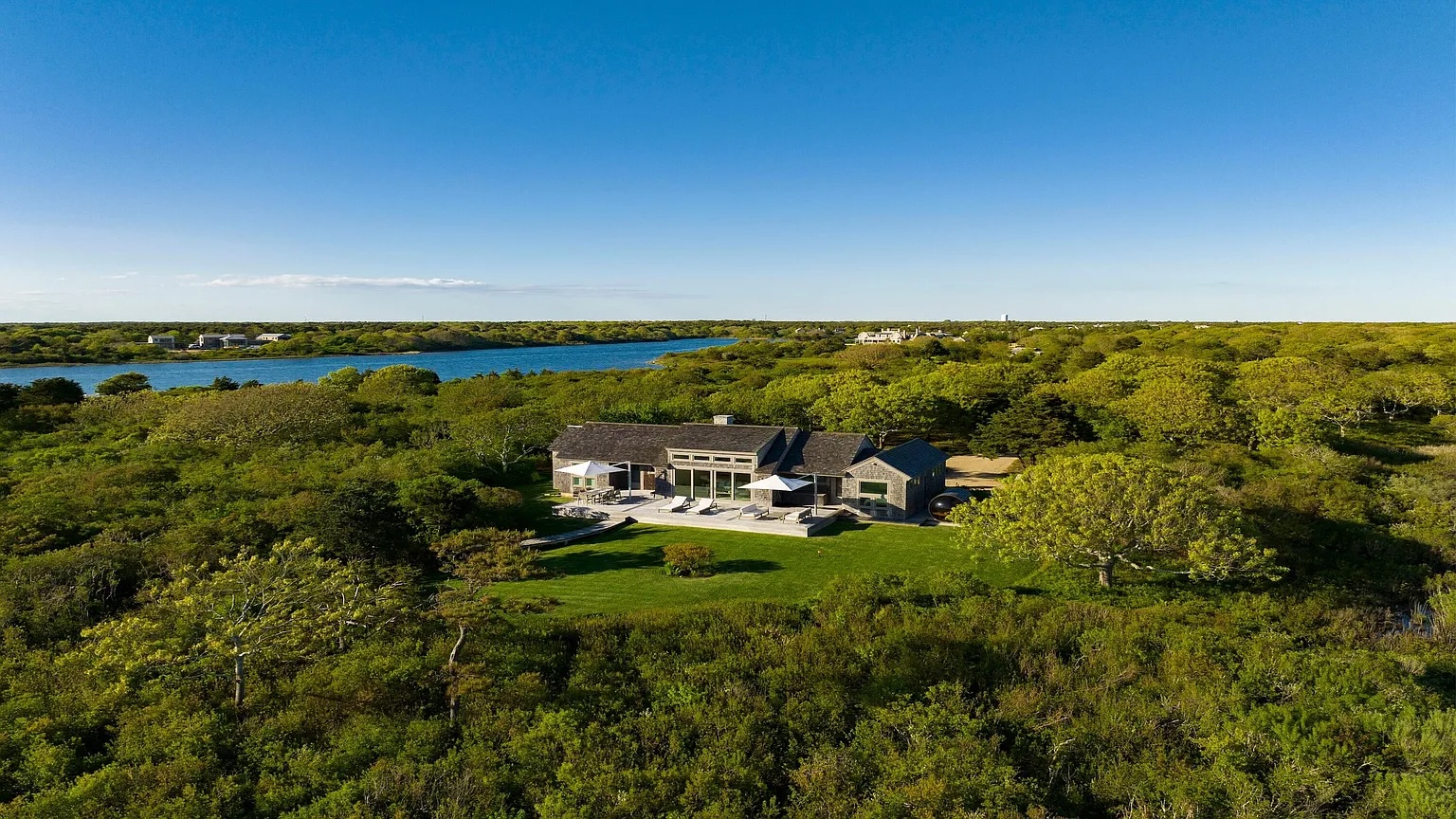In praise of Dormer windows
Broadcaster and architect Ptolemy Dean urges us to forget roof lights and to follow the true beauty of the dormer window in a new series


Ever looked longingly into a dingy roof space and wondered how useful it might be if it had light and air? Of course, it would have both if it had decent windows. But sadly, most of the time, this means inserting those dreary modern pivoting sheet-glass roof lights. Cheap and double glazed, they certainly have their place, but are undeniably alien to historic buildings. For reasons I have never understood, they are considered 'unobtrusive'. Yet, in barn conversion after barn conversion, across the land, ancient and once beautiful swathes of stone slated or tiled roofs have been interrupted with these contemporary rectangles of flat glass, glinting in the reflected sunlight. Somehow, these buildings shriek the words 'I've been converted'. Well, I am not converted. If we must have roof windows, why not make them more enjoyable? As ever, there are clues in the buildings of the past. Traditionally, there was always a desire to insert windows within roofs, and the challenge was how best to achieve effective natural lighting, without causing the roof to leak in the process. There was also always an understanding of what sort of roof light might be most appropriate for the proposed use within. At its most basic, it might be the simple substitution of a thick glass tile in place of a solid slate or tile. Then there are those prefabricated metal roof lights, which come in a heavy cast-iron frame, and can be usefully opened for maintenance access. But they are a bore to operate, and difficult to curtain. Historically, where the room was to be lived in, only a dormer window would do. A dormer can be defined as a window with its own roof. As dormers project from the roof, they do not have to follow the existing roof pitch and can be given a normal everyday sash or casement window, which can be set vertically within them. It may seem obvious to say, but as they are vertical, these windows provide a view of the horizon and landscape, rather than just the passing clouds in the sky above. Dormer windows are easy to open and close, without all that awkward stretching up and grappling with poles that the operation of roof lights so often involves. Further advantages can be found outside. The back of the old pub at Snape, Suffolk has dormer windows on two levels. They appear perched amid the raked pantiles, rather like lonely matinee viewers in an empty cinema. These dormers positively enhance the character of the old building with shadows, and add delight in a way that something that seeks merely to be 'unobtrusive' can never do. Dormers are undeniably more expensive to make, but surely once a roof has been converted into accommodation, this process will not be reversed, and so it is worth doing really well, especially given the value of the extra accommodation provided. If we must have windows in the roofs of our historic buildings, then let us be honest about it and celebrate it with the creation of appropriately scaled dormers that reflect the permanent occupation of our roof voids. 'Unobtrusive' is simply not good enough.
Exquisite houses, the beauty of Nature, and how to get the most from your life, straight to your inbox.
Country Life is unlike any other magazine: the only glossy weekly on the newsstand and the only magazine that has been guest-edited by His Majesty The King not once, but twice. It is a celebration of modern rural life and all its diverse joys and pleasures — that was first published in Queen Victoria's Diamond Jubilee year. Our eclectic mixture of witty and informative content — from the most up-to-date property news and commentary and a coveted glimpse inside some of the UK's best houses and gardens, to gardening, the arts and interior design, written by experts in their field — still cannot be found in print or online, anywhere else.
-
 A one-of-a-kind waterfront estate with two private beaches is for sale on the same storied American island that Jackie Kennedy, the Obamas and Princess Diana have all visited
A one-of-a-kind waterfront estate with two private beaches is for sale on the same storied American island that Jackie Kennedy, the Obamas and Princess Diana have all visitedBeach Farm on Martha’s Vineyard — a favourite summertime holiday destination with prominent American families — is a perfect melding of New England and Scandinavian design styles.
-
 Snakes alive! Country Life Quiz of the Day, July 15, 2025
Snakes alive! Country Life Quiz of the Day, July 15, 2025Napoleon's downfall and two of James Bond's most memorable villains in Tuesday's quiz.
